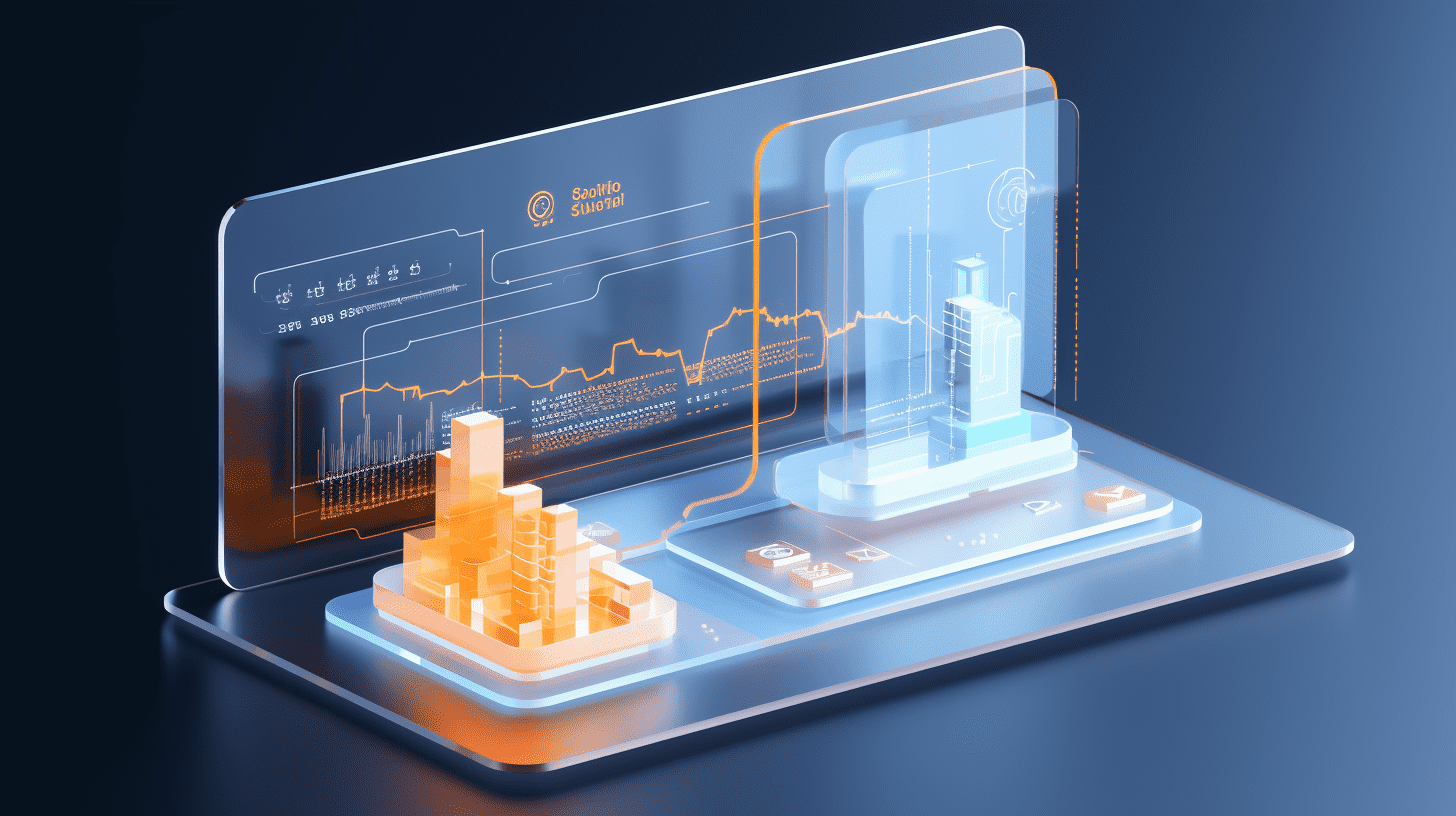Soochow: Hong Kong stock market enters an upward cycle or leads A-shares to a turning point.
Dongwu Securities released a research report stating that the Hong Kong stock market index has bottomed out, which may have leading and guiding significance for A-shares.
Soochow releases research report stating that, from a technical perspective, Hong Kong market index series seem to have formed triple or quadruple bottoms. Observing trading volume, profit growth (company income and profits), along with the US dollar entering a rate-cutting cycle, various indicators point to the Hong Kong stock market indices bottoming out, which may have leading and guiding implications for A-shares.
1. Trading perspective: HK stocks have seen low trading volume and prices
In terms of securities trading, the low turnover rate of stocks often coincides with the low point of stock prices. Observing the turnover rate of Hong Kong stocks over the past 12 months, the short-term low point has passed, indicating that the Hong Kong stock prices have also passed their low points.
The most recent reference case of "low volume and low price" for Hong Kong stocks was in 2022. At that time, the turnover rate of Hong Kong stocks fell to a low in the third quarter of 2022 and rebounded, with stock prices also rebounding. Over the past three months, the daily trading volume of the Hang Seng Index hit a low point in August, around 30 billion HK dollars, with a turnover rate of around 0.25% (trading volume/free float market value), close to the low point level of the third quarter of 2022 (0.21%), followed by a slow increase in turnover rate and a rebound in stock prices.
2. Profit perspective: HK stocks companies may have bottomed out
Although the macro economy still faces various challenges, company profits have started to recover in 2024. Compared to A-share companies, Hong Kong companies have fewer real estate industry chains and more internet components. In the first half of 2024, the year-on-year growth rates of operating income and net profit attributable to the mother of the Hang Seng Index were -0.5% and +3.1% respectively, significantly improving compared to the full-year growth rates in 2023 (operating income year-on-year -4.0%, net profit attributable to the mother year-on-year +0.8%).
3. US dollar interest rate perspective: Valuation pressure easing
Reviewing all the rate-cutting cycles by the Federal Reserve since 2000, there has been a rebound in Hong Kong stocks after the end of the rate hike until the first rate cut. During the subsequent rate-cutting process, except for the significant impact of the 2008 financial crisis on fundamentals, Hong Kong stocks have shown an upward trend.
1) The liquidity environment of Hong Kong stocks will improve: After the Federal Reserve starts cutting interest rates, the trend of the interest rate spread between China and the US will narrow, with expectations of renminbi appreciation and increased attractiveness of renminbi assets.
2) Valuations in the Hong Kong stock market will undergo repair: As of September 17th, the PE-TTM of the Hang Seng Index was 8.67X, at the 11.3% historical percentile level in nearly 10 years; the PB of the Hang Seng Index is around 1X.
3) Corporate profits can also improve: The rate cut by the Federal Reserve will reduce the cost of corporate financing, stimulating economic activity. On the other hand, the downward trend of the US dollar interest rate is expected to open up space for domestic economic stimulus policies, accelerating the pace of fundamental recovery.
4. Some local Hong Kong family funds seem to be flowing back to Hong Kong
Soochow has noticed that some traditional Hong Kong local stocks, including CKH HOLDINGS (00001), POWER ASSETS (00006), CKI HOLDINGS (01038), HENDERSON LAND (00012), have made significant contributions to the bottoming-out process of the Hong Kong index series. Both stock prices and trading volumes have shown noticeable increases, speculating that this is a result of some funds flowing back. If so, these funds will also help further enliven the Hong Kong market.
5. Hong Kong stocks generally bottom out and rebound in sync or ahead of A-shares
From the historical trends of the Hang Seng Index and the Shanghai-Shenzhen 300 Index, they are basically the same, with the inflection point of the Hang Seng Index usually occurring earlier than or at the same time as the Shanghai-Shenzhen 300, lasting no more than 2 months. For example, in late January 2024, Hong Kong stocks hit bottom, and then rebounded after the central bank signaled a reserve requirement ratio cut in February, while A-shares did not hit bottom and rebound until the reserve requirement ratio cut was implemented in early February; similarly, in March 2022, Hong Kong stocks bottomed out first, and A-shares bottomed out at the end of April; in addition, in February 2016 and March 2020, both bottomed out at the same time.
Currently, Hong Kong stocks have turned the corner, and it is expected that A-shares will soon reach an inflection point and start to rebound.
Risk reminder: History does not predict the future; third-party data statistics errors; policy stimulus exceeding expectations.
Related Articles

Yuexiawan Holdings (01396): Terminates Subscription Agreement B, Resumes Trading in the Afternoon of December 5th.

Warner Bros. Exploration (WBD.US) acquisition battle is heating up: Netflix (NFLX.US) leads with a high offer but faces accusations of "procedural justice."

MNSO (09896) spent $243,500 to repurchase 50,800 shares on December 4th.
Yuexiawan Holdings (01396): Terminates Subscription Agreement B, Resumes Trading in the Afternoon of December 5th.

Warner Bros. Exploration (WBD.US) acquisition battle is heating up: Netflix (NFLX.US) leads with a high offer but faces accusations of "procedural justice."

MNSO (09896) spent $243,500 to repurchase 50,800 shares on December 4th.






